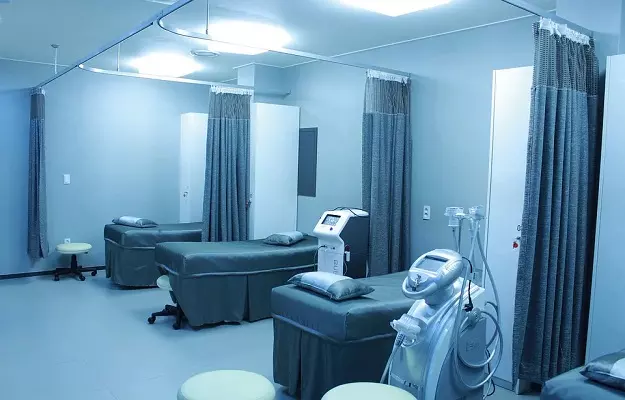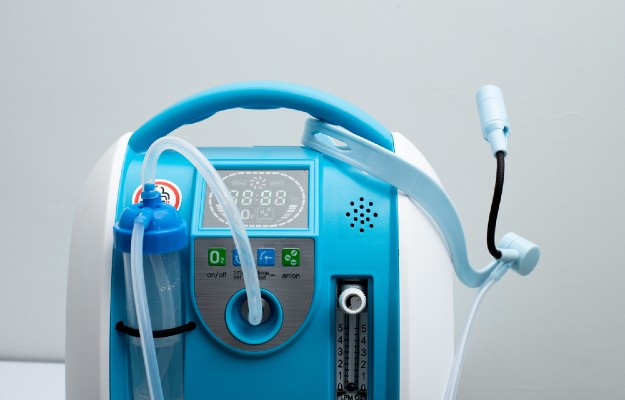The whole world has been affected with COVID-19 (SARS-CoV-2) outbreak with more than 8 lakh people infected and over 43,000 dead. As of 1 April 2020, India has reported more than 1600 positive cases of COVID-19 infection. Doctors have been working to keep the infection contained by quarantining suspected cases and isolating the infected ones.
Quarantine means separating the individuals who could be infected but are not showing symptoms yet. Since they could have been infected with the disease, they have the potential to spread the disease even without showing any symptoms.
Isolation means separating the people who have tested positive for COVID-19 infection and are showing the symptoms. Infected patients are kept in separate isolation wards until they show negative viral load in two consecutive test reports. Serious cases can also develop pneumonia and require a ventilator for breathing.
Government of India has laid down some guidelines for setting up an isolation ward or facility in a hospital. Read in this article, the major guidelines issued by the Ministry of Health and Family Welfare.



































